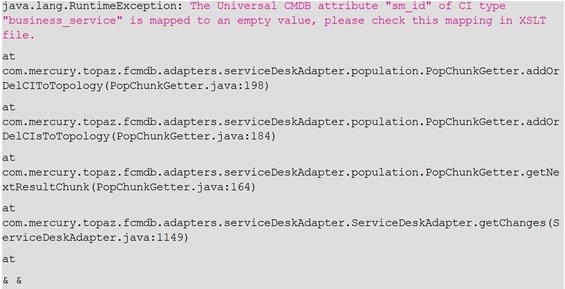Searching the Help
To search for information in the Help, type a word or phrase in the Search box. When you enter a group of words, OR is inferred. You can use Boolean operators to refine your search.
Results returned are case insensitive. However, results ranking takes case into account and assigns higher scores to case matches. Therefore, a search for "cats" followed by a search for "Cats" would return the same number of Help topics, but the order in which the topics are listed would be different.
| Search for | Example | Results |
|---|---|---|
| A single word | cat
|
Topics that contain the word "cat". You will also find its grammatical variations, such as "cats". |
|
A phrase. You can specify that the search results contain a specific phrase. |
"cat food" (quotation marks) |
Topics that contain the literal phrase "cat food" and all its grammatical variations. Without the quotation marks, the query is equivalent to specifying an OR operator, which finds topics with one of the individual words instead of the phrase. |
| Search for | Operator | Example |
|---|---|---|
|
Two or more words in the same topic |
|
|
| Either word in a topic |
|
|
| Topics that do not contain a specific word or phrase |
|
|
| Topics that contain one string and do not contain another | ^ (caret) |
cat ^ mouse
|
| A combination of search types | ( ) parentheses |
|
- Typical Error Messages and Solutions
- No Query Configured in smPopConfFile.xml
- Nonexistent XSLT File Name Defined for a Query in smPopConfFile.xml
- No "Retrieve" Type Request Defined for a Query in smPopConfFile.xml
- Wrong Request Name of retrieveKeysQueryName Configured for a Query in smPopConfFile.xml
- Wrong Request Name of retrieveListQueryName Configured for a Query in smPopConfFile.xml
- XSLT File not Well Formed
- Wrong UCMDB Attribute Name in XSLT File
- Wrong Service Manager Field Name in XSLT File
- Wrong Universal CMDB Attribute Data Type in XSLT File
- UCMDB CI Attribute sm_id not Mapped to the Right Service Manager Field in XSLT
UCMDB CI Attribute sm_id not Mapped to the Right Service Manager Field in XSLT
The Service Manager CI ID must be mapped to Universal CMDB CI attribute sm_id, because it is used to push the Universal CMDB CI ID back to Service Manager.
Out-of-the-box, this attribute mapping is configured in XSLT file cmdb_root_attributes_population.xslt, which is imported by the other XSLT files as a common field mapping, and the Service Manager CI ID field is exposed as the caption CIName.
Sample configuration
If you configured the mapping for sm_id in one of the following ways:
- You did not configure the mapping for
sm_id; - You did not expose the Service Manager CI ID field in the Service Manager web service;
- You exposed the Service Manager CI ID field with a caption other than
CIName; - The Service Manager CI ID field was exposed in the web service as the caption
CIName, but you configured a wrong name (for example,CIName_wrong) in the XSLT file.
Error message
When you run the population job, you will get a “Failed” status. In addition, from both the population log file (see How to Check the Population Log File) and the Universal CMDB studio (see How to Check the Error Message of a Failed Population Job), you will get an error message similar to the following:

Solution
Search for text The Universal CMDB attribute "sm_id" of CI type to find the CI type, and then configure the attribute mapping for this CI Type in the XSLT file.
For instructions on how to configure an attribute mapping, see How to Map the CI Attribute to the Web Service Field.
We welcome your comments!
To open the configured email client on this computer, open an email window.
Otherwise, copy the information below to a web mail client, and send this email to ovdoc-ITSM@hpe.com.
Help Topic ID:
Product:
Topic Title:
Feedback:





